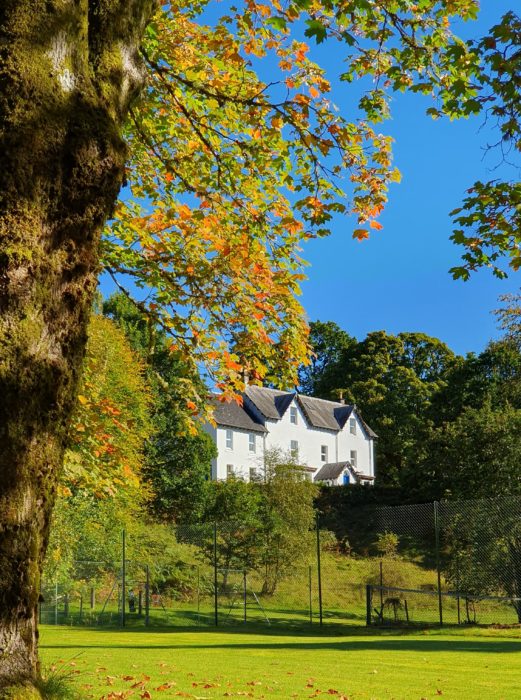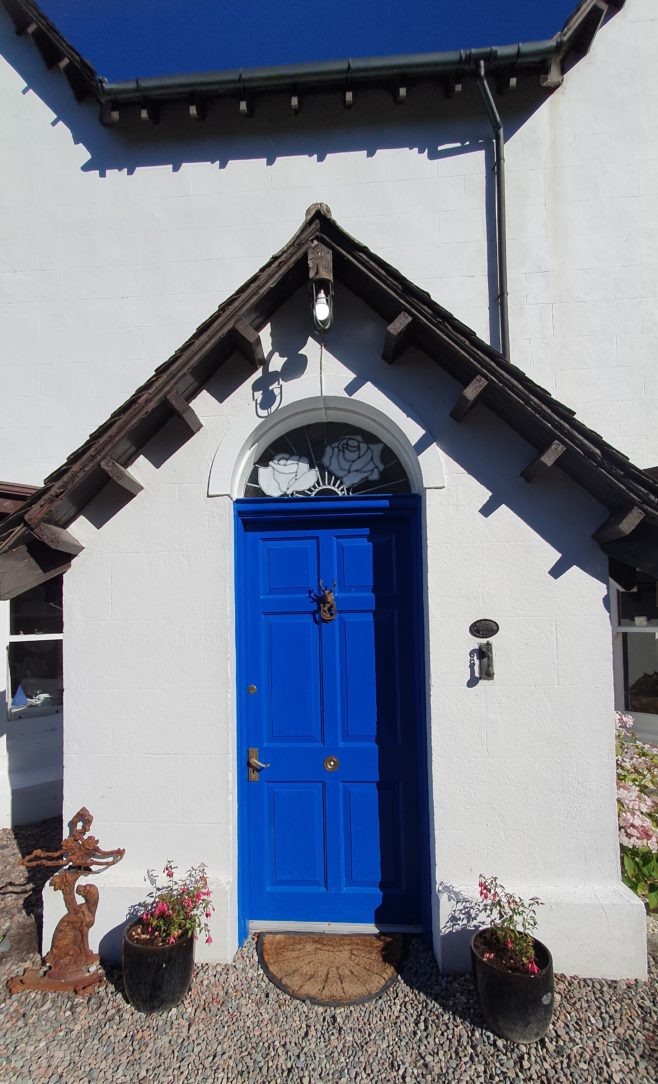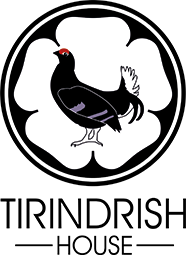The history of Tirindrish House

Tirindrish – or Tir-nar-dris as this house has also been called – is from the Gaelic meaning ‘house of the briars’. Local history books mention its existence back to 1610 and it is believed that there has been a dwelling on this elevated site dating back to Pictish times.
In 1745, it was most notably the home of Major Donald MacDonald, who launched the first gunfire of the Jacobite Rebellion at nearby Highbridge in August of that year. With help from the MacDonells of Keppoch he ambushed a party of Government troops who were marching to Fort William to strengthen the garrison following the landing of Bonnie Prince Charlie in Scotland. The area was then densely wooded and although the party was only twelve men strong including a piper, they tricked the soldiers into believing they were facing a much larger party. After fleeing they later surrendered with MacDonald capturing the British General’s white steed which he presented to Prince Charlie at Glenfinnan. MacDonald was captured and found guilty of taking part in the up-rising. He was sentenced to death at Carlisle Castle on October 18th 1746 and hanged. After the battle of Culloden, government troops returned to Tirindrish and burned the house, destroying much of it. The family fled into the countryside, burying, it is said, the family valuables and silver in the grounds of the house. We haven’t found that treasure yet, but metal detectorists have found some interesting items on the grounds: musket balls and buttons from the jackets of the Redcoats, the Hanoverian soldiers, a brass candlestick and coins from this era.
Found in the porch of the house today are two beautiful stained-glass windows which feature the white rose, the symbol of Jacobite supporters. These windows were inspired by pieces of glass from a much earlier stained-glass window that was found in the grounds of the house and is thought to have come from the original MacDonald house. These fragments were sent to a master stained glass window maker who re-created the stunning windows you see today.

The house was rebuilt and the ‘old’ part of this building is much as it was with its thick stone walls which remained after the fire. From 1747-1855 Tirindrish was home to the Ross family: the Reverend Thomas Ross, minister of Kilmonivaig and later his son Lieutenant David Ross, a distinguished soldier of the Madras Army. The front of the house was extended in Victorian times and from 1855 – 1914 home to the Walker family and witnessing a visit from Queen Victoria herself when she came through Spean Bridge in in 1873. It was at this time that the old servant bells in the corridor were installed, each with a different tone so the servants would know which room to go to.
During the Second World War the government requisitioned country houses across the United Kingdom for the war effort. No house was exempt, with the grandest stately homes re-purposed to house everything from schools to maternity homes, from military hospitals to war supply depots. During WW2 Home Guards were based at Tirindrish and used the icehouse, seen as you come up the drive-way hidden under the oak trees, for storing ammunition. The practice shooting target used by the Home Guard is still present in the back field of Tirindrish.
After the war, the house was owned by the Drysdale family, Dr John Drysdale using the house as a surgery. It was later the home of Peter and Jean Wilson and their family who opened their doors as a guest house in the 1990s and later taken on by Lucy and James in 2015.






